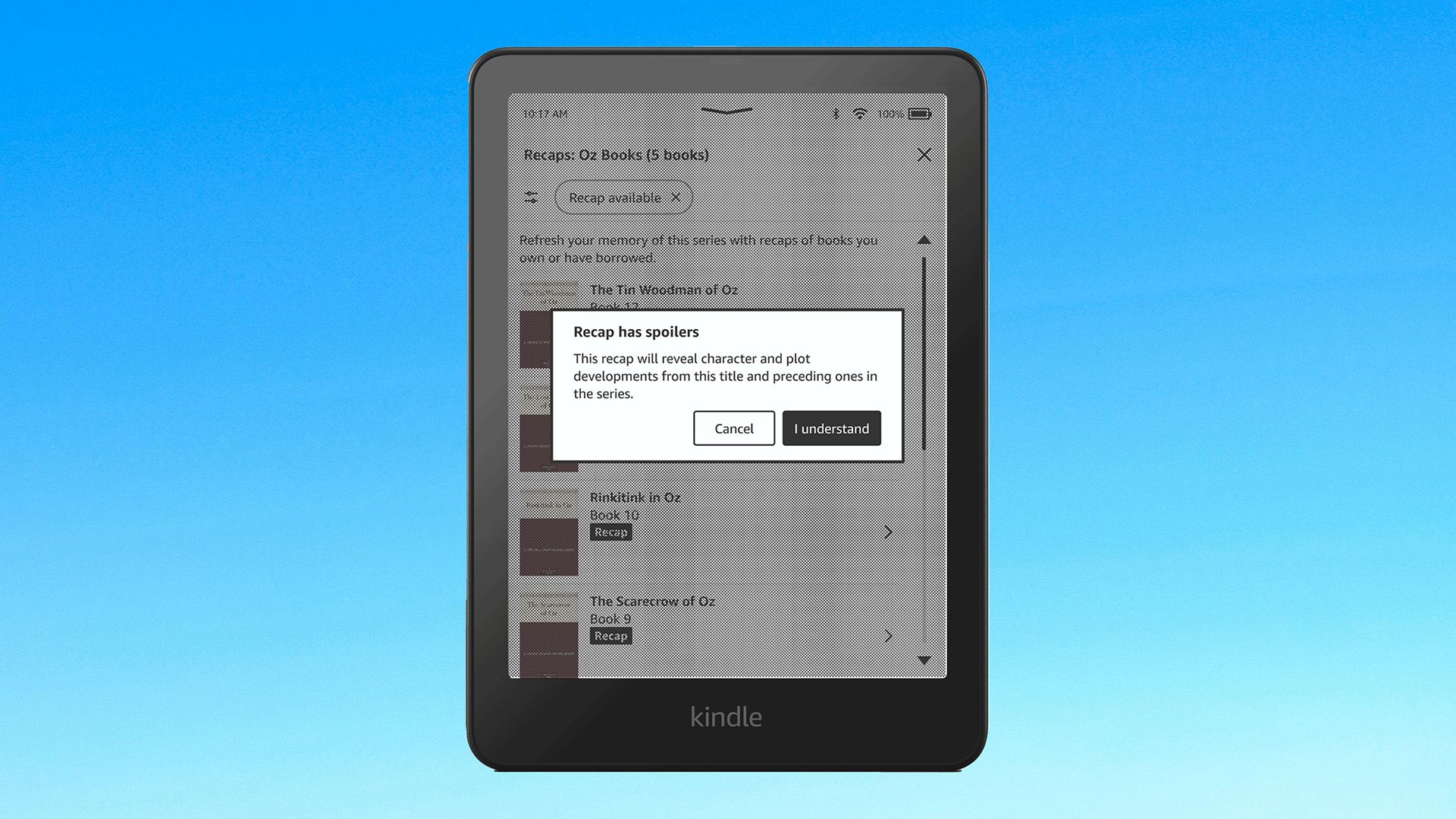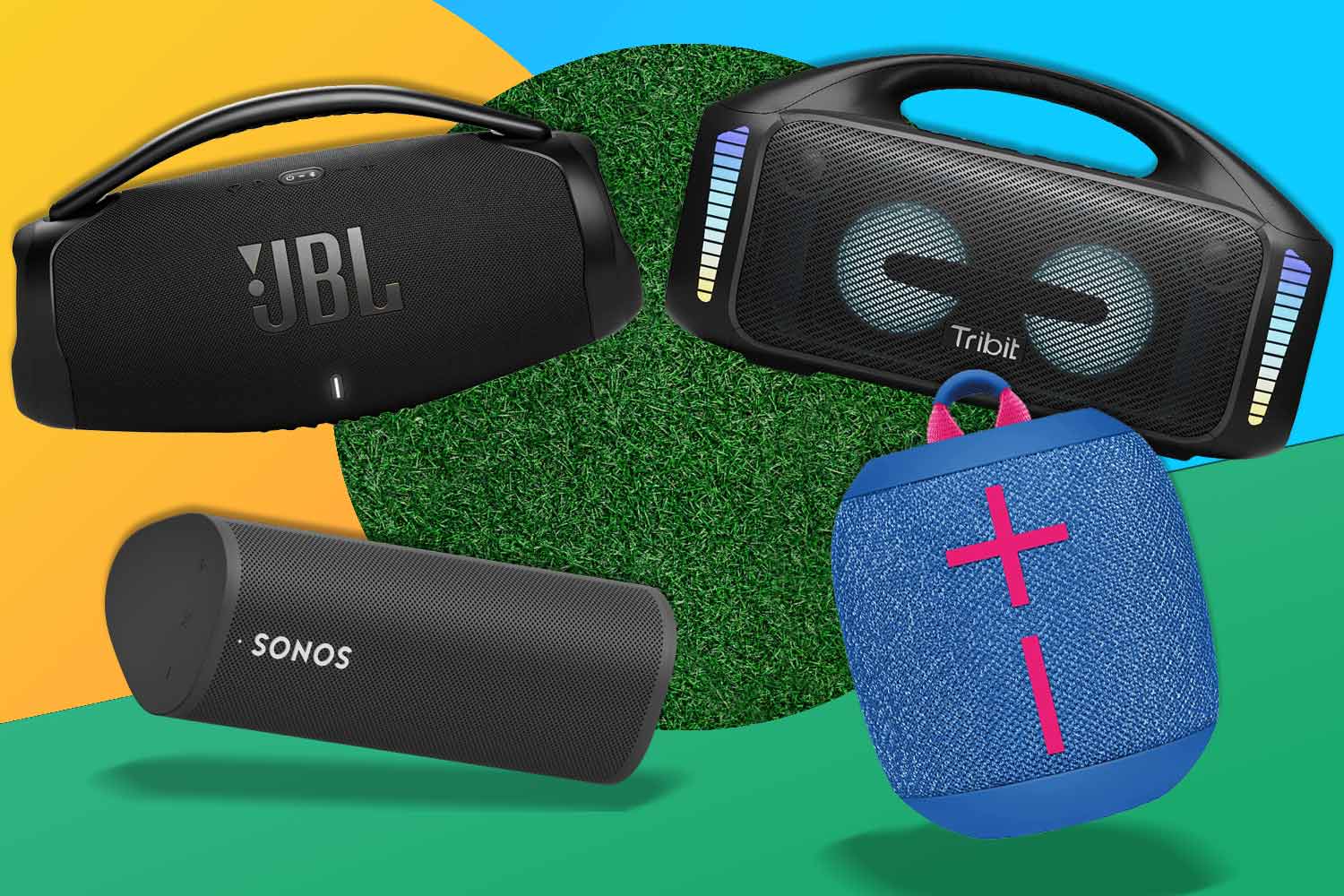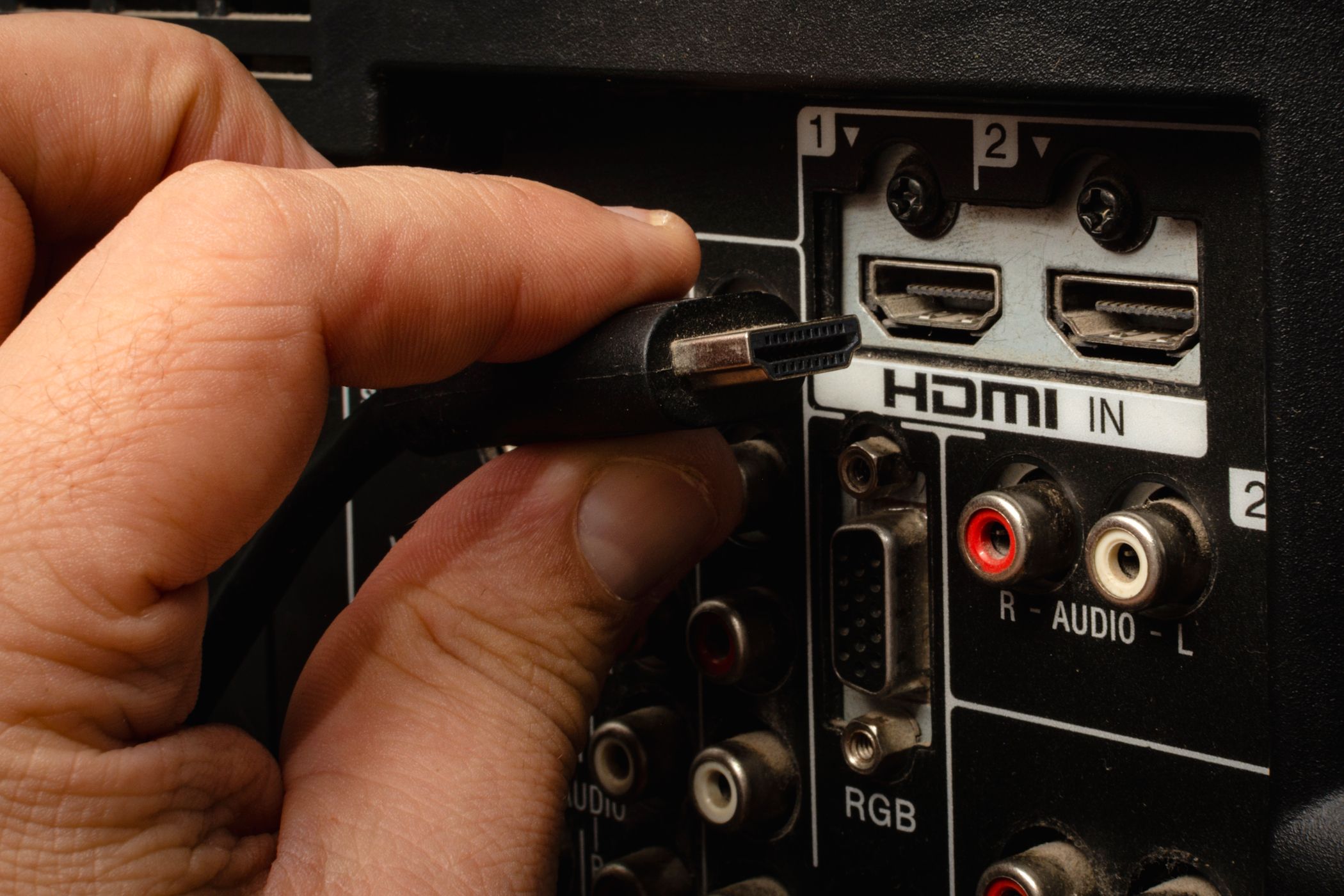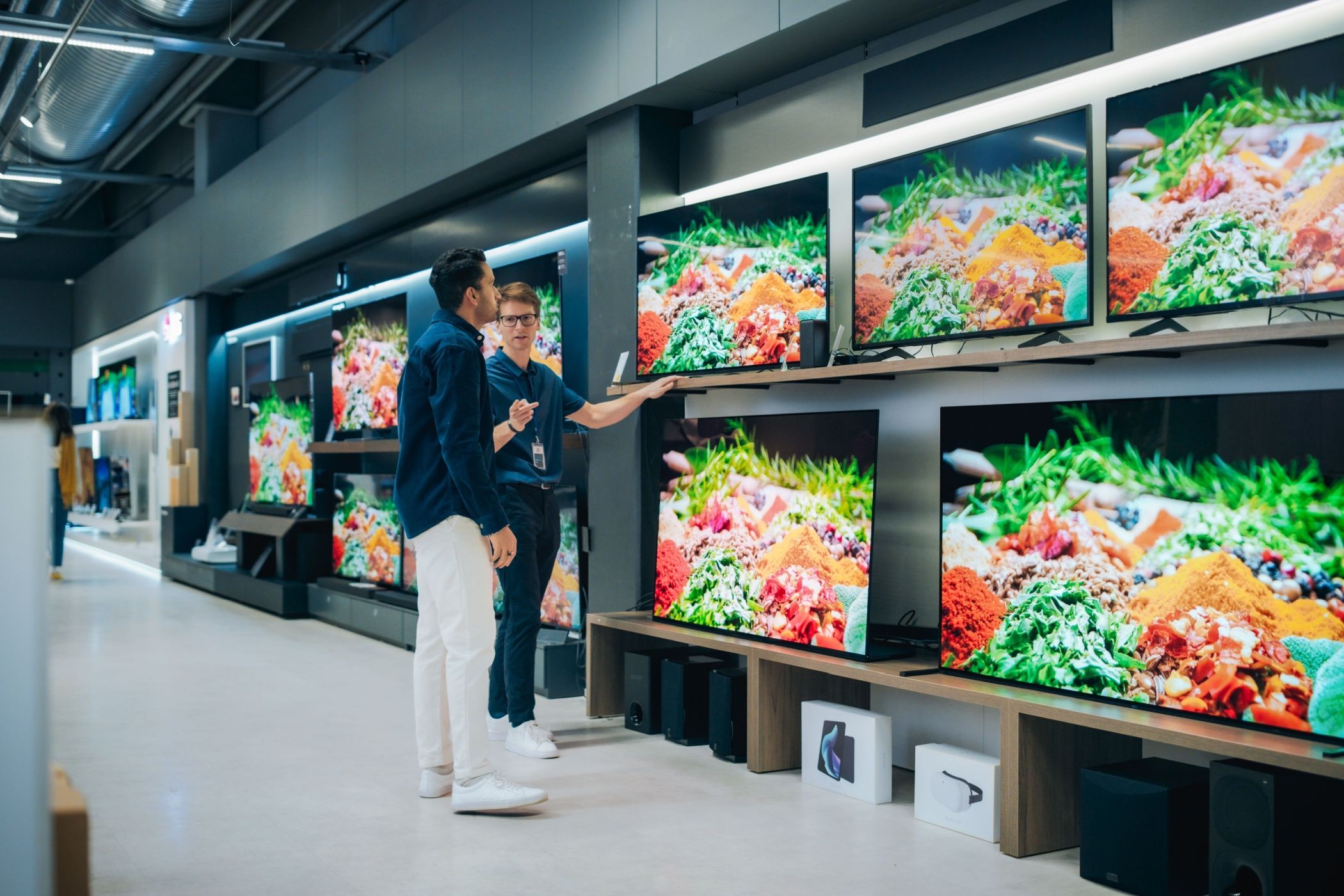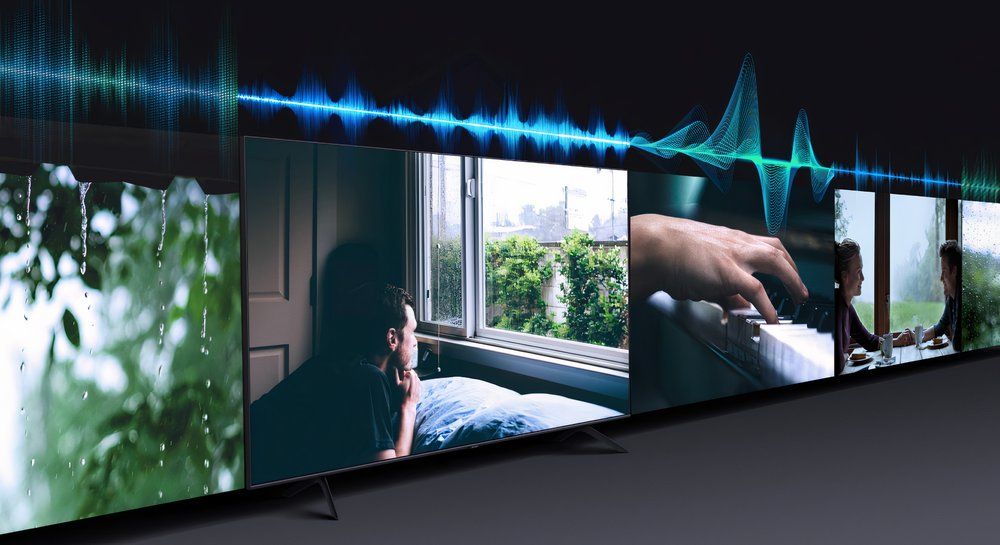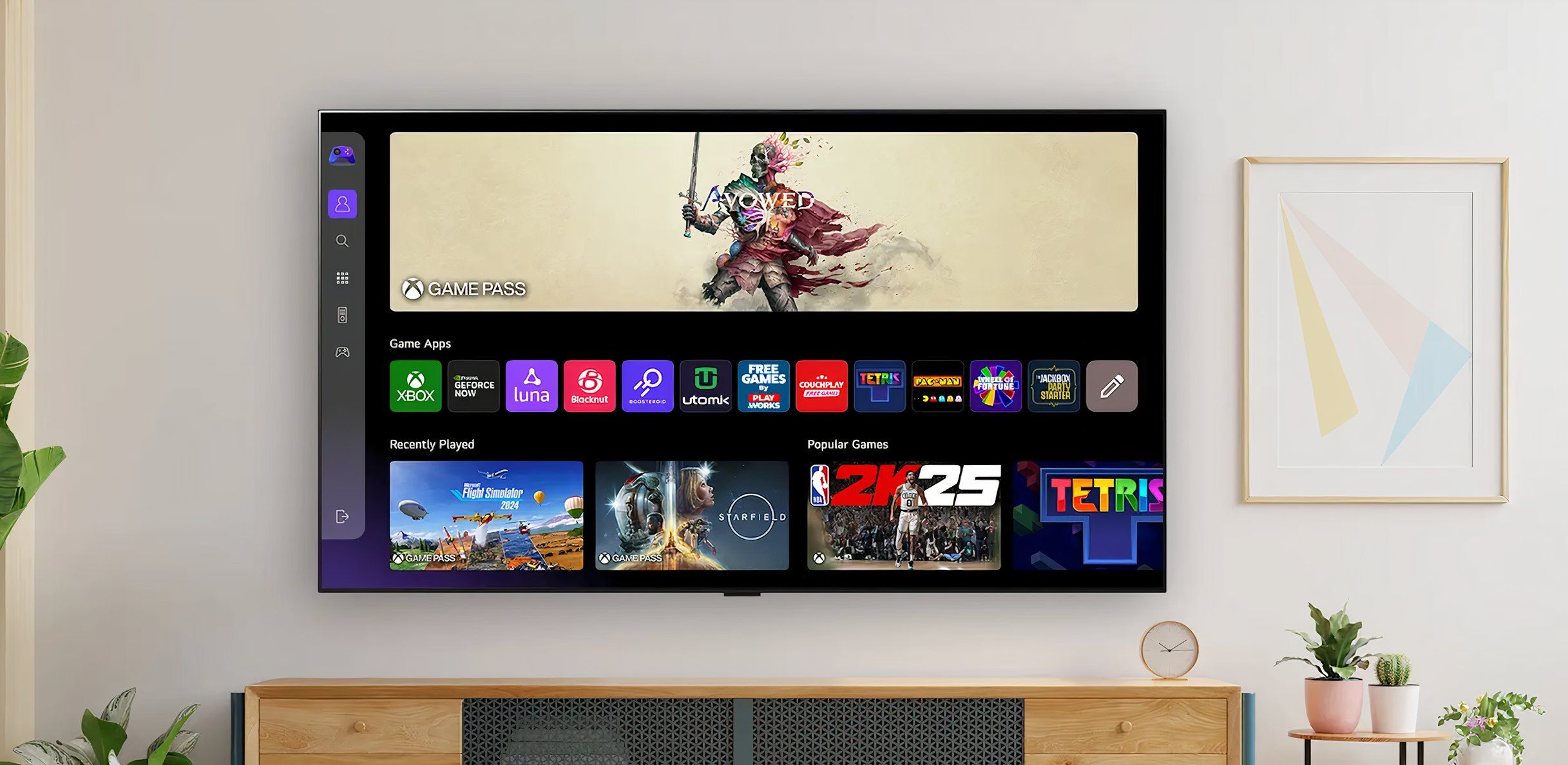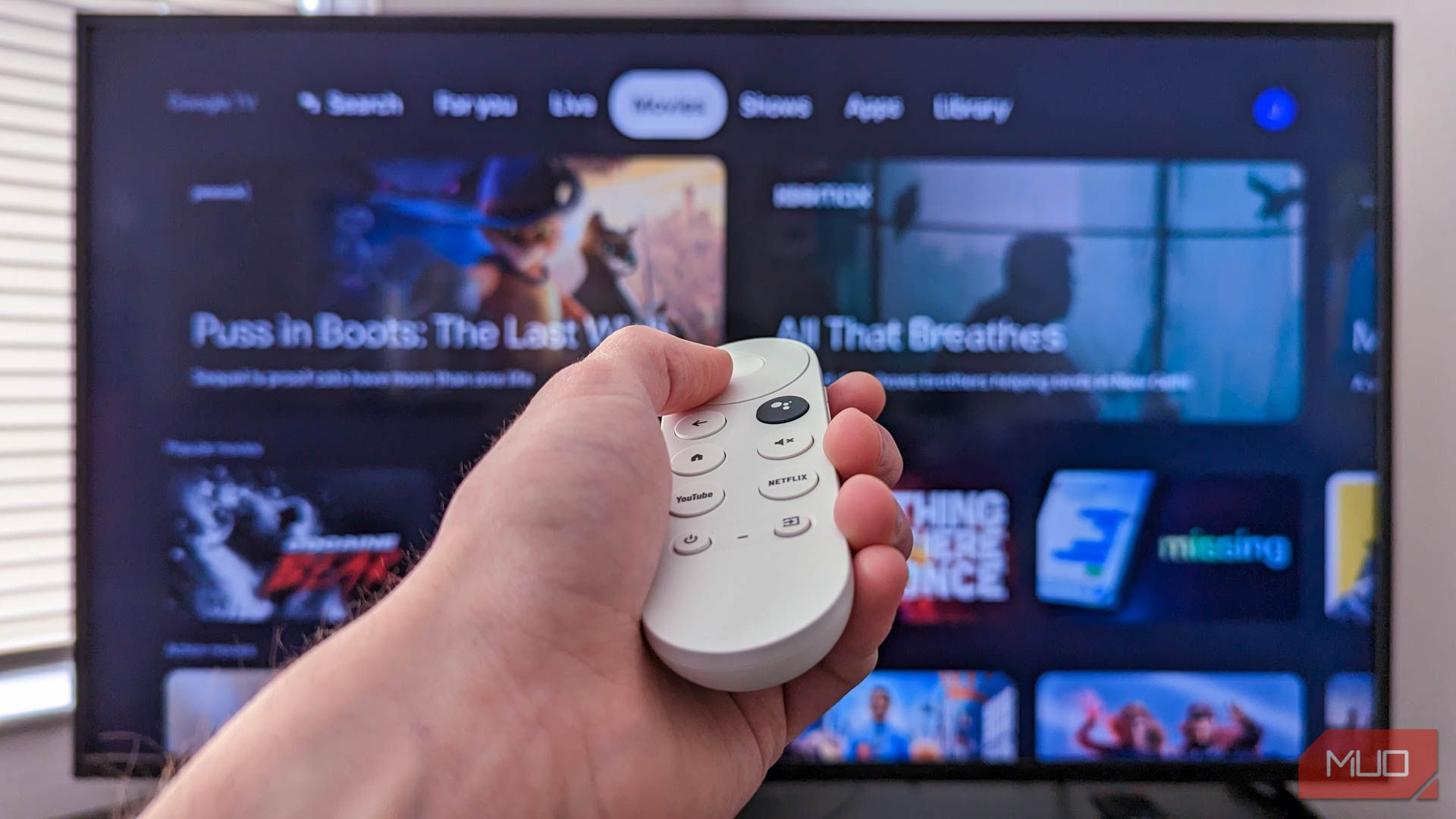Buying a new smart TV can feel like a confusing process. There are so many specs and features to consider! That’s why when I head out to buy a new smart TV, I always check these six specific features.
6
AI Integration
One of the most significant advancements in smart TV technology over the past few years is the incorporation of artificial intelligence. AI voice assistants like Alexa, Bixby, and Google Assistant have become standard fixtures in many models. Furthermore, Microsoft Copilot is coming to TVs in 2025, adding to the array of AI options.
In addition to voice assistants and machine learning algorithms that understand our viewing habits, AI is improving the quality of the content we watch in real-time. Using technologies like AI upscaling, modern TVs can take lower-resolution content (such as standard-definition or HD shows) and intelligently enhance it to 4K or even 8K quality. This ensures that no matter what you’re watching, the experience is optimized to the latest standards.
5
Next-Level Picture Quality
One key development in the rise of smart TV picture quality is QLED displays. These enhance the color and brightness of your TV using quantum dots—microscopic particles that emit specific colors when illuminated by a light source. While this technology has been around since 2013, it is currently considered the benchmark for TV picture quality as it produces more vivid and accurate colors than LED or OLED displays.
Additionally, many 2025 models feature advanced HDR (High Dynamic Range) capabilities, such as Dolby Vision and HDR10+, offering greater contrast and a wider range of colors. While HDR technology has been available on consumer TVs for almost ten years, an upgraded version of Advanced HDR by Technicolor was demonstrated at CES 2025. This promises to be a leap forward in picture quality using machine learning (AI) and will soon be adopted by many manufacturers.
4
Advanced Sound Technology
As picture quality has dramatically improved, audio technology has had to catch up. Many 2025 TV models come with sophisticated sound systems like Dolby Atmos and DTS:X built-in, providing an immersive audio experience without needing external speakers or soundbars.
Some of the most innovative systems include object-tracking sound (OTS), which uses built-in speakers to project sound from specific points on the screen, creating a more lifelike auditory experience. Some brands also integrate advanced AI-driven sound modes that adapt to your environment. These systems automatically adjust sound based on the acoustics of your room and the type of content you’re viewing.
3
Improved Smart Home Integration
Integration with other smart devices has reached a new level, making your TV central to the functioning of your connected smart home. Many new smart TVs already have built-in home automation features, which are often voice-activated via assistants like Amazon Alexa or Google TV.
As we enter 2025, advanced features like built-in Zigbee, Z-Wave, and Matter support are making modern TVs more compatible with a broader array of devices and appliances across various ecosystems. These features ensure that no matter your other smart devices, they’ll all work together seamlessly.
2
Enhanced Streaming Capabilities
With advancements in Wi-Fi technology, particularly Wi-Fi 6 and 6E, streaming performance is significantly improved. Users now experience faster speeds, lower latency, and a lesser likelihood of the dreaded buffering when multiple devices are connected to the internet.
Some modern TVs, such as LG’s AI TV range, use machine learning to make it easier to manage streamed content. These TVs have improved user interfaces and concierge-style algorithms that suggest movies and shows based on your tastes, viewing history, and preferences. By combining machine learning with multiple user accounts, your television’s suggestions are tailored to each household member across several streaming platforms, significantly simplifying your home setup.
1
A New Era of Gaming on Smart TVs
By 2025, the gaming capabilities of smart TVs have advanced significantly, with growing support for cloud gaming services like Google Stadia, Xbox Cloud Gaming, and NVIDIA GeForce Now. These services allow users to play graphically demanding games directly from the cloud on their smart TV.
Additionally, many smart TVs now support 120Hz refresh rates, essential for smooth, responsive gameplay. For serious gamers, integrating features like VRR (Variable Refresh Rate) and ALLM (Auto Low Latency Mode) offers a smart TV gaming experience that rivals dedicated gaming monitors.
As someone looking to buy a new smart TV in 2025, I was keen to keep up with industry developments. I also wanted to ensure that my purchase would be “future-proof” for most of its functional lifetime without requiring a premature upgrade. As your modern entertainment hub, a new TV must be geared to your lifestyle and preferences, so if you are also considering a purchase, be sure to keep these six features in mind.
